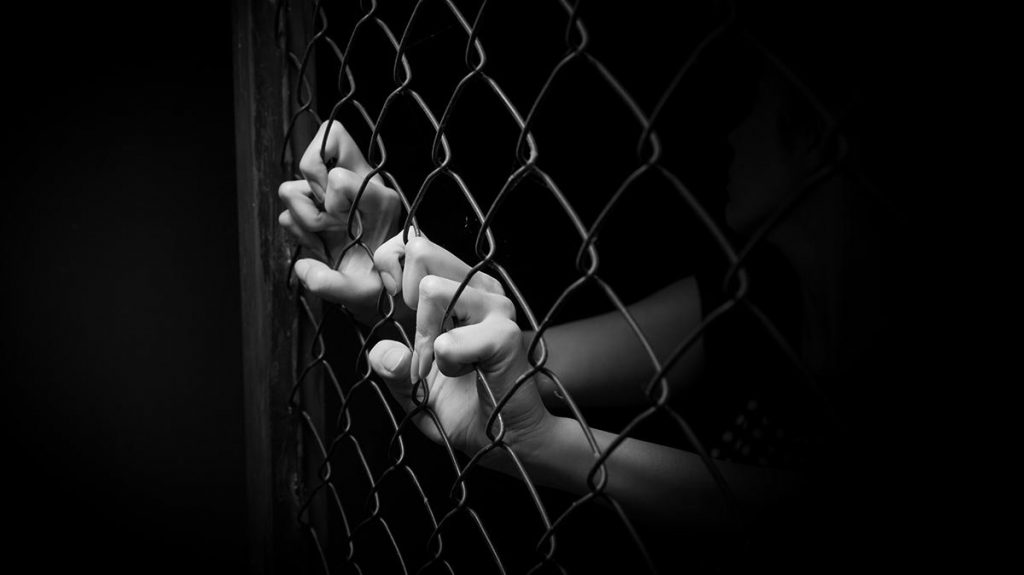
Late January 2019 I attended a workshop sponsored by the Bloomfield Youth Adult Council and Bloomfield Social & Youth Services called Domestic Minor Sex Trafficking in CT. Ms. Yvette Young, Director of the Human Anti-Trafficking Response Team (HART) led the workshop. Lately there has been increased attention to adult human trafficking discovered at a string of Florida massage parlors. The tragic truth is that not only are adults trafficked but so are children. According to Ms. Young, statistics show the United States is the number one destination for an adult to have sex with a child.
Human Trafficking Statistics (Innocence Lost Working Group 3/2010):
- Pimps prey on victims as young as 12 to 14 years old.
- One study estimates as many as 325,000 children in the US, Canada, and Mexico are at risk each year for becoming victims of sexual exploitation.
- A history of physical and sexual abuse is often common among victims.
- One study estimates 30% of shelter youth and 70% of street youth are victims of commercial sexual exploitation. They may engage or be coerced into prostitution for “survival sex” to meet daily needs for food, shelter or drugs.
- A large number of children who are trafficked ARE NOT on the streets. The truth is 69% of the children trafficked are living with their family when they are trafficked.
- 30% of victims are boys
- Youth from LGTBQ and trans population are five times more likely to become victims
Unfortunately, Enfield is located right along the vein of the human-trafficking highway…the Interstate 91. From Florida all the way up to Maine, our transit system serves as a key method to move human beings without suspicion and traffic children at the multiple hotels, truck stops and deserted areas.
ANY child may be vulnerable to a person who promises to meet his or her emotional, physical needs. Often traffickers will create a seemingly loving and caring relationship with their victim in order to establish trust and allegiance. This manipulative relationship tries to ensure the youth will remain loyal to the exploiter even in the face of severe victimization. These relations may begin online before progressing to a real-life encounter.
Red Flags and phrases for you to look out for in your child’s relationships and friendships: “Find me on Kik/Skype” or “let’s go private”, “Are you alone?”, “Do you have a pic”, “You seem sad, tell me what’s bothering you”, I know a way you can earn money fast”, “What’s your phone number “, “I love you” and “Do what I ask or I’ll show everyone the pics you sent me”.
What can you do to keep your child safe and protect your child from becoming a victim of human-trafficking?
- Create an environment in which he or she feels comfortable talking with you. Open communication is key
- Share the dangers of sex trafficking with your children and encourage them to alert you when they feel uncomfortable in any situation
- Know whom your children are with at all times is crucial to protecting their safety. Often trafficking victims have experienced victimization in the past, and many times this has been inflicted by individuals close to the victim. Do you trust the people with whom your child interacts?
- Taking the time to monitor what your children do on the internet is an important step in keeping your child safer. When your daughter or son is online, do you know which sites they are visiting and with whom they are communicating?
- If something does not seem right, ask questions! Establishing an ongoing dialogue with children is critical to protecting them.
If you suspect a case of commercial child sexual exploitation or sex trafficking of children contact the National Center for Missing & Exploited Children at 1-800-843 or visit www.cybertipline.com or the National Human Trafficking Resource Center (NHTRC) at 1-888-373-7888.
Caroline Salazar
Published in the Enfield Press on April 4, 2019
To subscribe, call 413-213-6169
Have questions? Contact us.